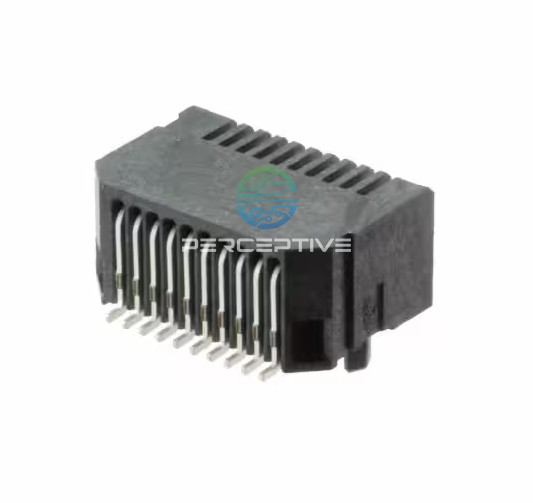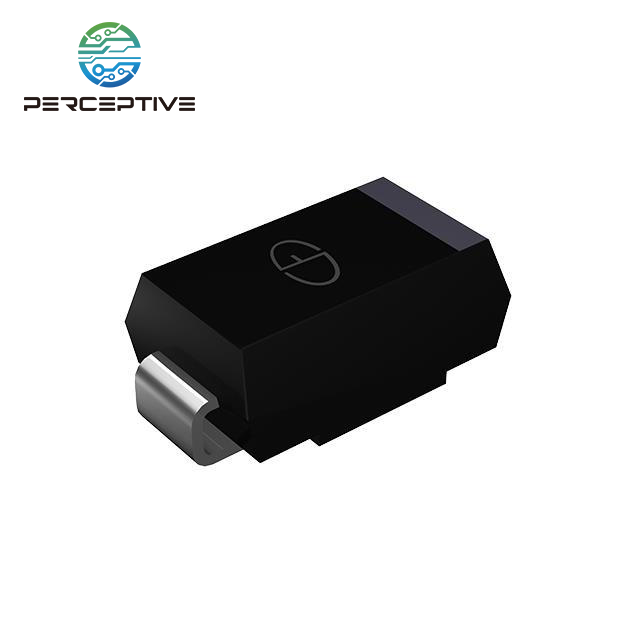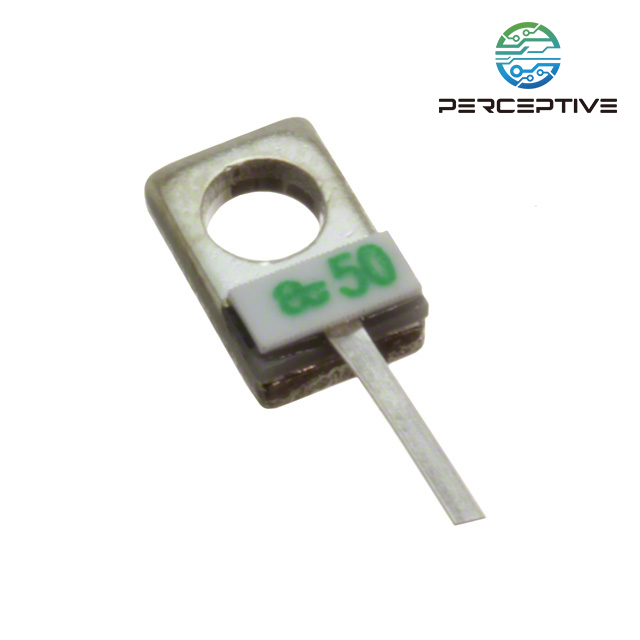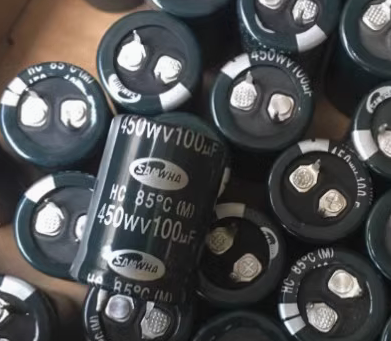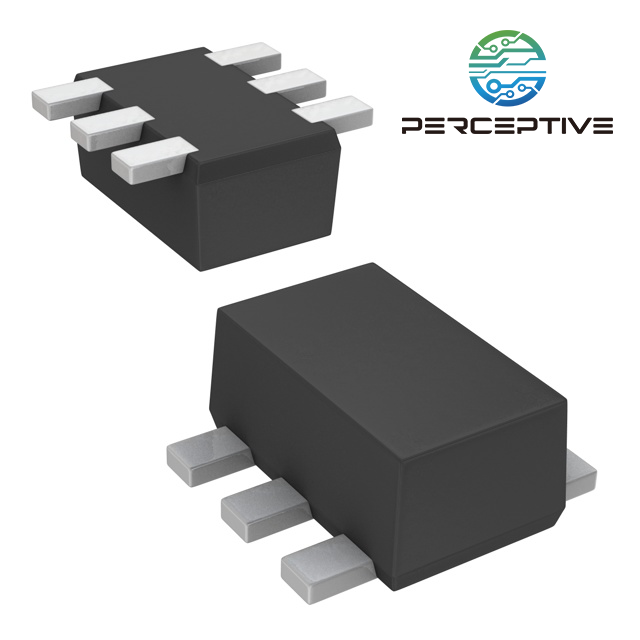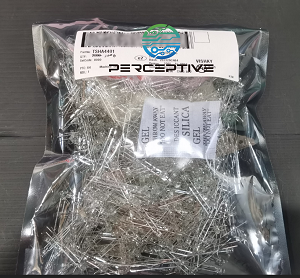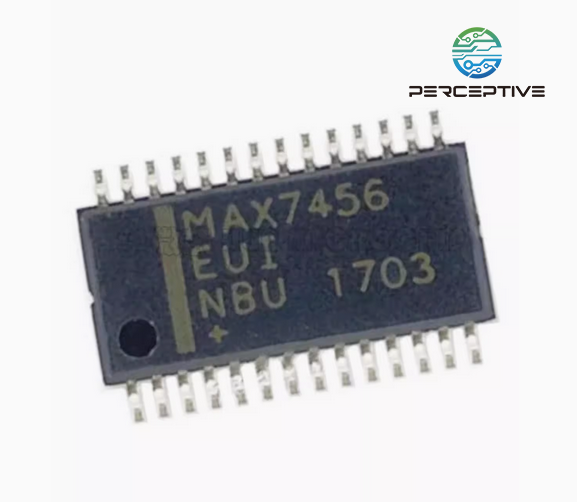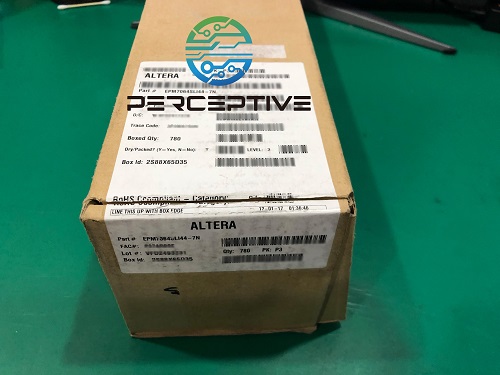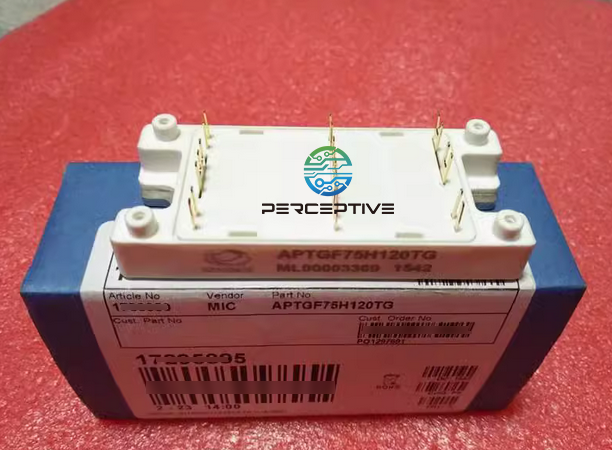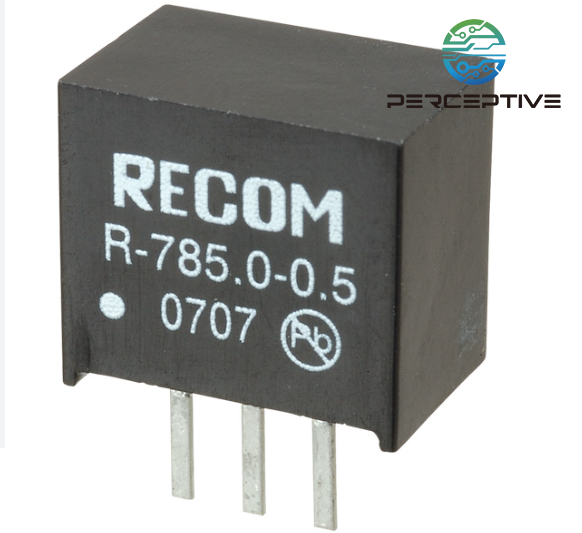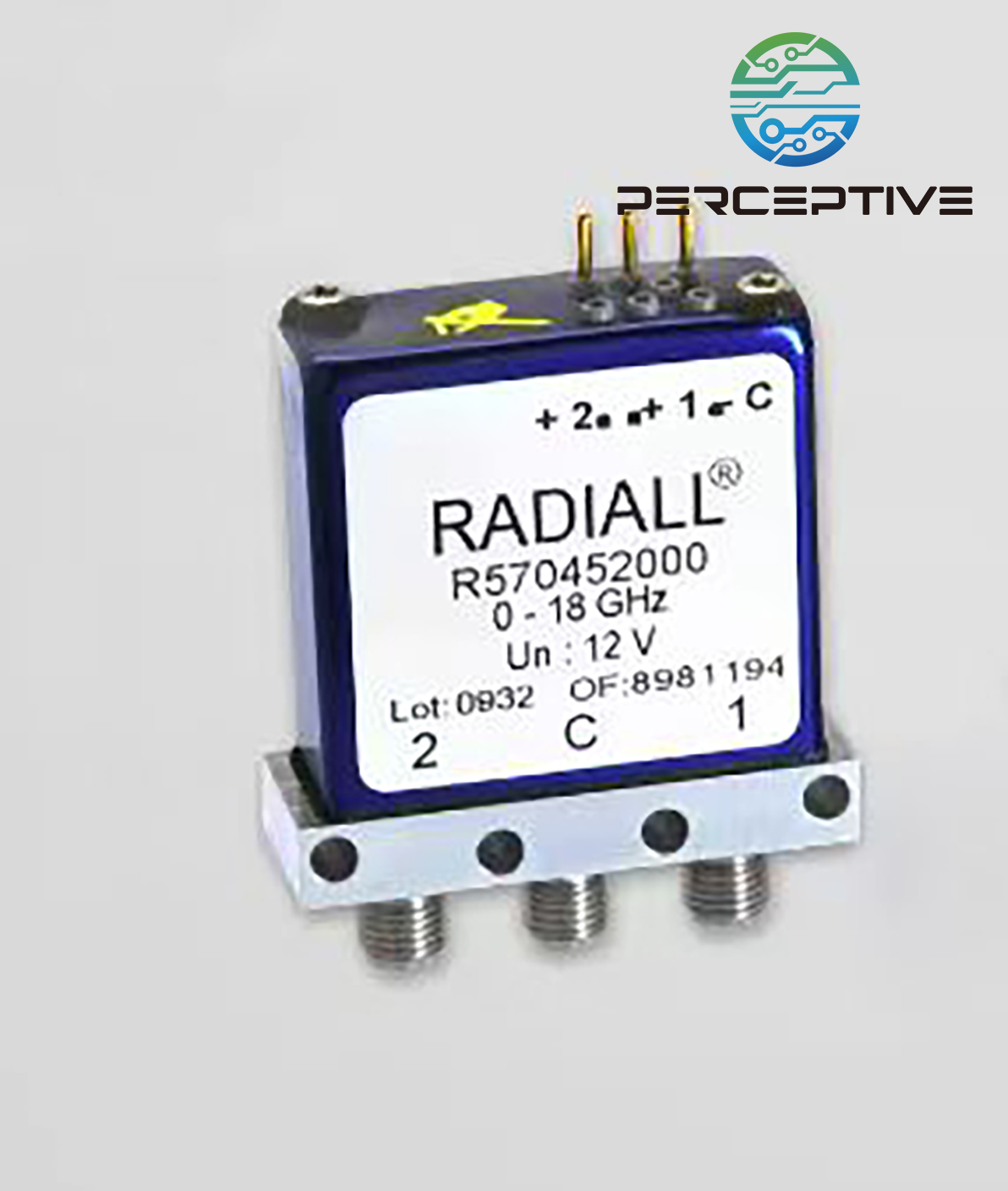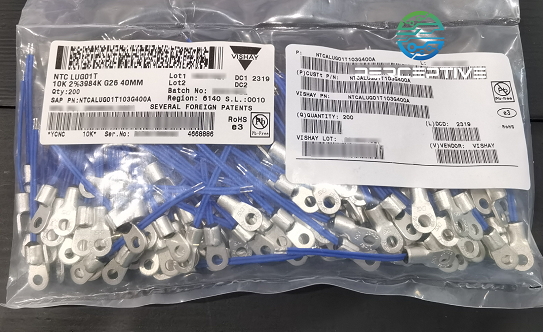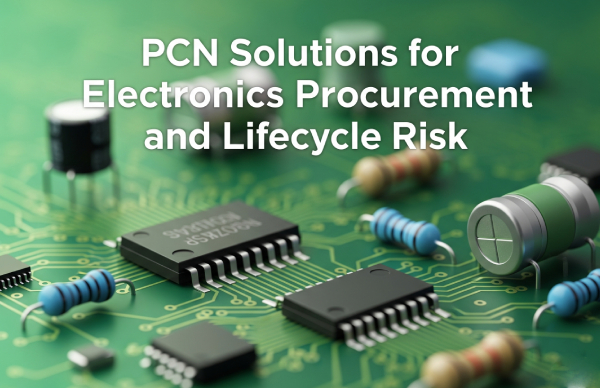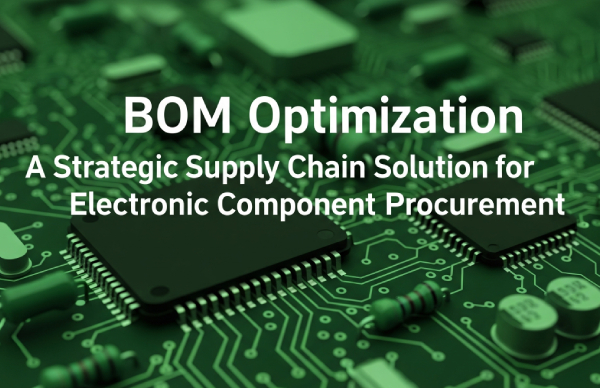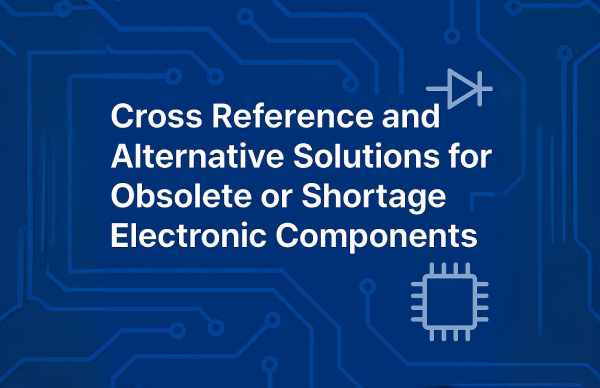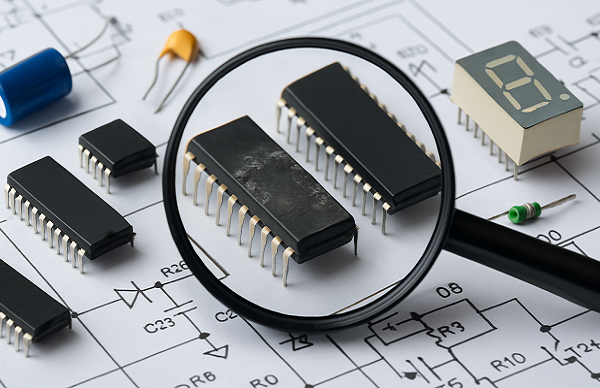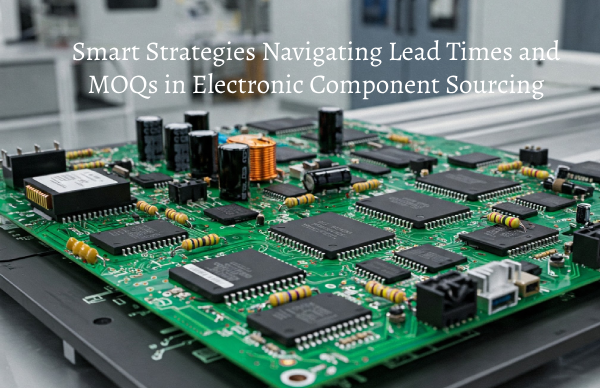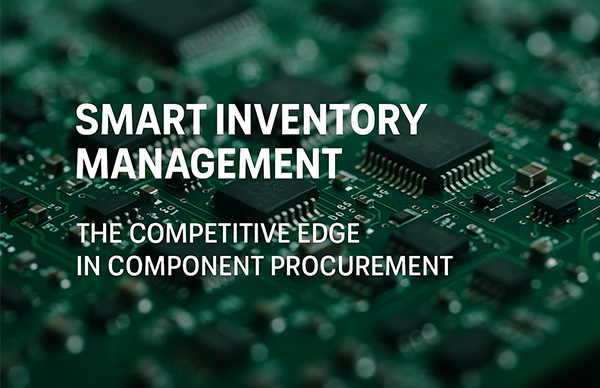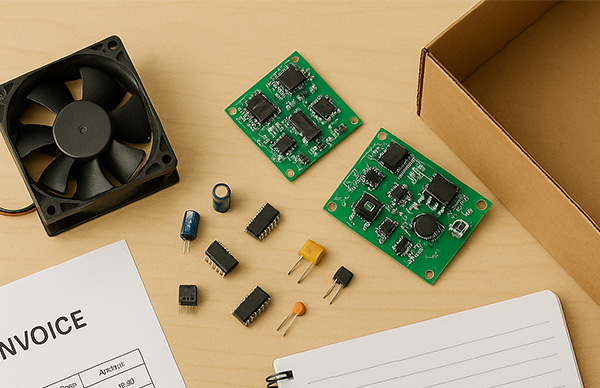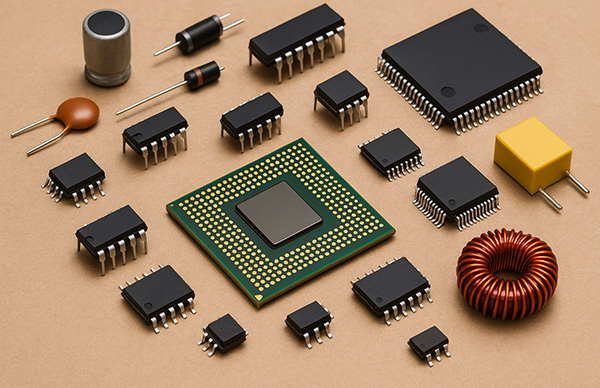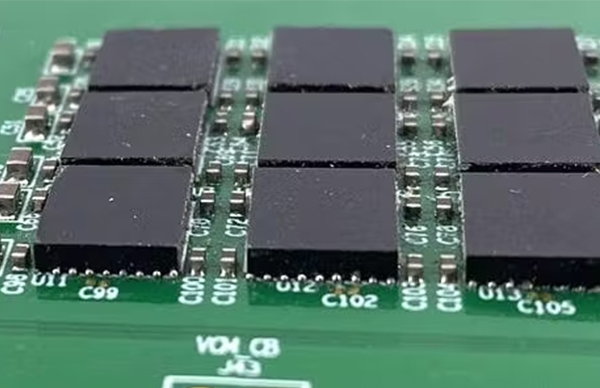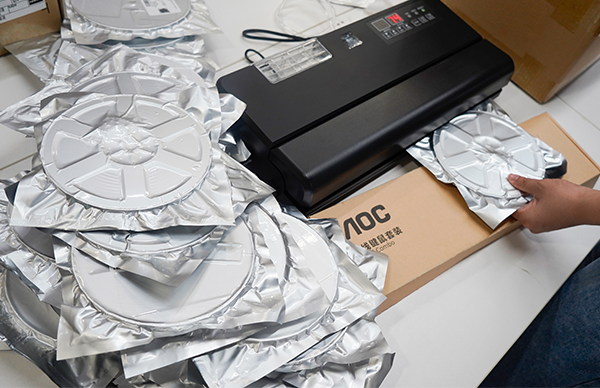When electronic components enter the End-of-Life (EOL) phase or are discontinued, finding suitable replacements becomes imperative to ensure uninterrupted production and supply chain stability.
Understanding the EOL Challenge
Electronic components reach EOL due to various reasons, including technological advancements, shifts in market demand, or changes in industry regulations. Manufacturers may discontinue older components to make way for new, more efficient versions. However, for companies relying on these components in their existing designs, sudden obsolescence can lead to serious challenges:
Production Disruptions: Inability to source critical components can halt manufacturing lines, leading to financial losses.
Increased Costs: Limited supply often results in inflated prices from remaining stock or third-party suppliers.
Requalification Expenses: Finding and validating an alternative component requires time, effort, and additional testing, which can be costly.
Quality and Performance Risks: Substitutes must meet the original specifications and standards to avoid compromising the final product's performance.
Proactive Strategies for Finding Alternative Components
To mitigate the impact of EOL and discontinuation, procurement professionals and engineers must adopt a proactive approach to sourcing alternative components. Below are some best practices to consider:
1. Partner with Trusted Distributors and Suppliers
Establishing strong relationships with reliable component distributors ensures access to last-time buys, lifecycle forecasting, and potential alternative solutions. Some distributors offer cross-referencing services to suggest equivalent replacements.
2. Utilize Lifecycle Management Tools
Leveraging lifecycle management software and databases such as SiliconExpert, IHS Markit, or Z2Data can help monitor component lifecycles and anticipate potential discontinuations before they occur.
3. Engage with Manufacturers for Cross-References
Component manufacturers often provide cross-reference guides, listing suitable replacements within their own product portfolio or from other suppliers. Contacting the manufacturer directly can yield insights into recommended alternatives.
4. Consider Form, Fit, and Function (FFF) Compatibility
When selecting an alternative component, ensuring it meets the original specifications in terms of form, fit, and function (FFF) is essential. Engineering teams should conduct thorough compatibility checks to prevent performance discrepancies.
5. Explore Customization or Aftermarket Solutions
In some cases, custom-built or aftermarket solutions can be an option. Contract manufacturers may offer custom adaptations of discontinued components, ensuring continued production without redesigning the entire system.
6. Plan for Long-Term Procurement
Maintaining a strategic stockpile of critical components or participating in last-time buy programs can provide a safety net against supply chain disruptions. However, this approach requires careful inventory management to avoid excess stock and potential waste.
The Role of a Reliable Distribution Network
Working with authorized distributors and sourcing partners is key to overcoming EOL challenges. A strong distribution network provides access to verified components, mitigating the risks associated with counterfeit parts, which can pose significant threats to product reliability and safety.
Conclusion
The transition of electronic components into EOL status is inevitable, but its impact can be minimized with a proactive sourcing strategy. By leveraging lifecycle management tools, engaging with trusted suppliers, and ensuring FFF compatibility, businesses can secure alternative components without compromising quality or performance. Procurement teams must stay vigilant, continuously monitor component lifecycles, and establish a robust sourcing network to ensure uninterrupted production in the face of obsolescence challenges.
In an industry driven by rapid technological advancements, staying ahead of component discontinuations is not just about finding replacements—it's about future-proofing supply chains for long-term sustainability and success.

